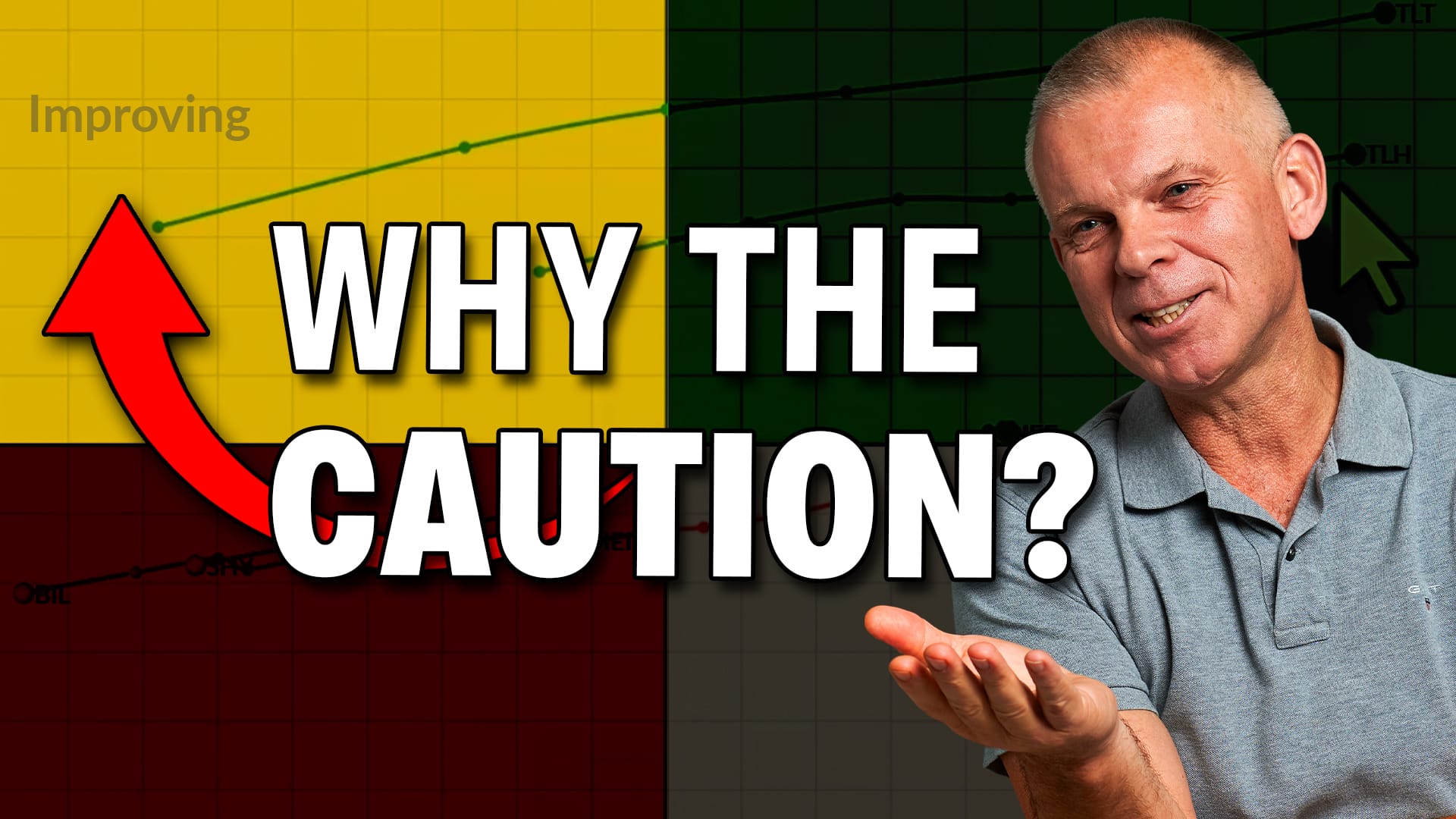JUNE SECTOR ROTATIONS SHOW MORE CONFIDENCE -- DEFENSIVE SECTORS FALL BEHIND -- WHILE TECHNOLOGY, CYCLICALS, AND INDUSTRIALS TAKE THE LEAD -- SEMICONDUCTORS LEAD TECH HIGHER -- CHIP STOCKS ARE TRACKING THE CHINESE STOCK MARKET VERY CLOSELY
DEFENSIVE SECTORS FALL BEHIND... Previous messages have pointed out that defensive stock sectors were top performers since the market hit a peak at the end of April when trade tensions started to resurface. Stocks, however, have recovered most of their May losses during the month of June. And sector leadership during June reflects that more opimistic alignment. Chart 1 shows sector performance for the past month. And it shows defensive groups like utilities, real estate, and consumer staples lagging behind. June leadership has come from materials, technology, consumer discretionary and industrials which usually do better when investors are willing to assume more risk. In the case of materials, the biggest gains came from gold miners which are generally considered to be more defensive. But more economically-sensitive copper and steel stocks also saw a June rebound. It's also revealing to dig down into the other three leading sectors to see where their leadership came from.

SEMIS AND HARDWARE LEAD TECH UPTURN... Technology was the month's second strongest sector. Chart 2 breaks down the tech sector to see what led it higher during June. The two top groups were semiconductorsand computer hardware. That's a change from the previous month when both tech groups were punished by increased trade tensions. Their ability to show new leadership is a more positive sign. Semiconductors were led higher by Advanced Micro Devices (+16%), Xilinx (+15%), and Analog Devices (+15%). Apple's 11% gain helped put computer hardware in second place for the month. A rebound in Chinese stocks may have something to do with both (more on that shortly). Autos and auto parts helped boost consumer cyclicals. General Motors gained 10%. Industrials were led higher by Caterpillar and Deere. Several of their charts are shown below.

STOCK LEADERS...All of the stock leaders shown below reversed from a bad month of May to a strong June. Chart 3 shows chip leader Analog Devices (ADI) bouncing off its 200-day average in late May before recovering its 50-day line in mid-June. Chart 4 shows Apple (AAPL) regaining both moving average lines. Charts 5 and 6 show Caterpillar (CAT) and Deere (DE) doing the same. Chart 7 shows General Motors (GM) also recovering from a bad May to help lead the rebound in autos.





SEMIS RALLY WITH CHINA...Recent moves both up and down in technology shares have been very influenced by the direction of Chinese stocks. That's because the tech sector is very tied to the world's second biggest economy. The black daily bars in Chart 8 show the PHLX Semiconductor iShares (SOXX) falling back to their 200-day average during late May before regaining their 50-day line this week (blue circle). The red line plots China Large Cap IShares (FXI). The link between the two seems pretty obvious. They rose together between January and April, fell together during May, and are rising together during June. The same could be said for Apple and some other big tech stocks. Which suggests that the direction of Chinese stocks is an important ingredient in a continuing tech rally. Which also suggests that there could be a lot riding on this weekend's meeting in Japan between the presidents of the U.S. and China. And what's said by them after their meeting. The Fed should be among those listening closely.
CAN THE MARKET GET FED RATE CUT AND GOOD TRADE NEWS?...No doubt the Fed will be paying close attention to this weekend's presidential meeting. Slowing economic growth resulting from trade tensions is one of the reasons the Fed is expected to lower rates. Lack of progress this weekend could strengthen the case for a rate cut. But what if the meeting goes well and hopes for a trade deal improve? That could make a rate cut less likely. In other words, good news on one front (trade) could be bad news on the other (no rate cut). Or the other way around. Market pundits tell us that stocks are rising on hopes for a rate cut and better trade relations. The market may get one of those; but it seems unlikely that it will get both at the same time.









